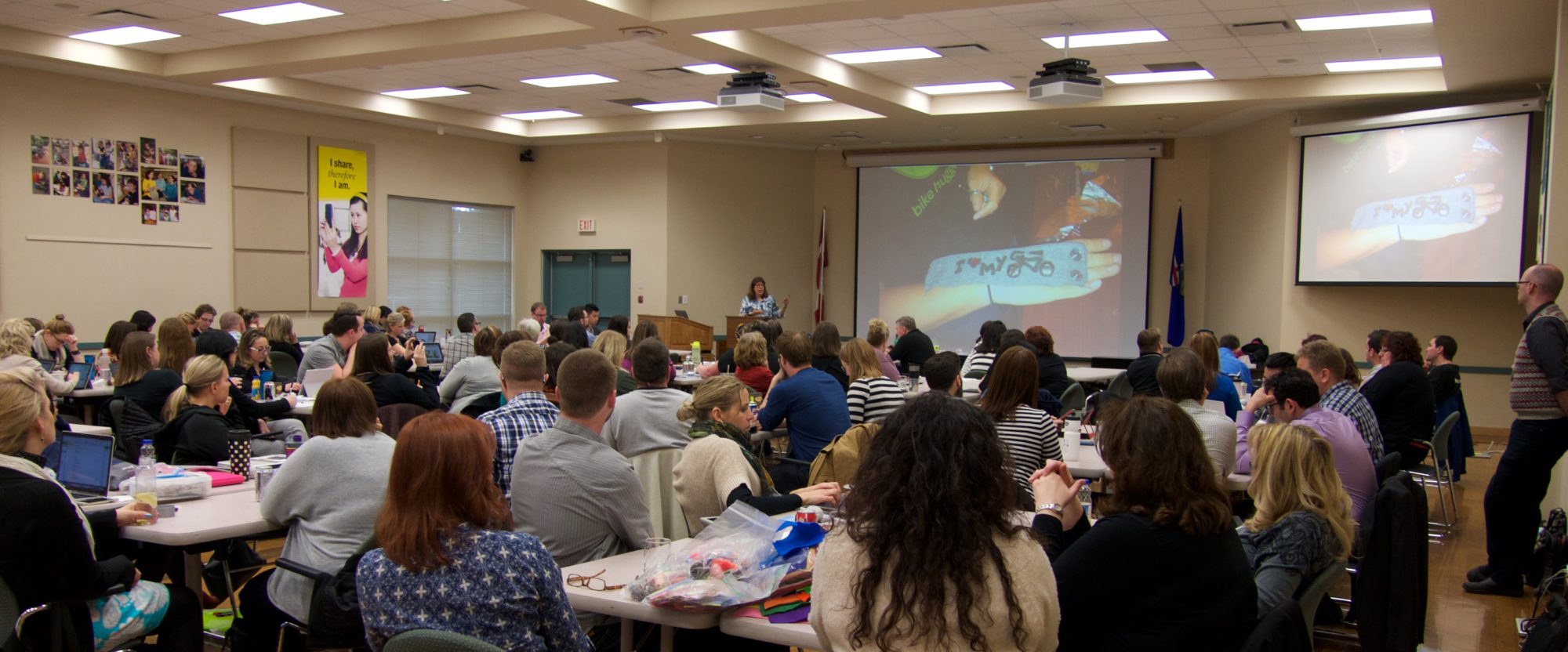 New announcement! Here we go again – the 4th annual Constructivist Celebration @ ISTE is open for registration. If you are going to ISTE (formerly known as NECC) this June in Denver, consider coming a day early for this very special event. It sells out every year, so don’t delay!
New announcement! Here we go again – the 4th annual Constructivist Celebration @ ISTE is open for registration. If you are going to ISTE (formerly known as NECC) this June in Denver, consider coming a day early for this very special event. It sells out every year, so don’t delay!
Constructivist Celebration @ ISTE – Sunday, June 27, 2010 8:30 – 3:30
The Constructivist Celebration is an opportunity for you to let your creativity run free with the world’s best open-ended software tools in a great setting with enthusiastic colleagues who share your commitment to children, computing, creativity and constructivism. You might think of this stimulating event as a spa day for your mind and soul!
Best of all, the Constructivist Celebration @ ISTE is being held within a few minute walk of the Denver Convention Center, home of the ISTE Conference.
Then you will enjoy five hours of creativity on your own laptop using open-ended creativity software provided by consortium members FableVision, Inspiration, LCSI, and Tech4Learning. Participants will also receive a TechYES Student Technology Certification Mini-kit from Generation YES and SchookIT folks will assist with project development.
Creative computer-using educators deserve to eat like an Italian prince. That’s why this year’s Constructivist Celebration includes continental breakfast, mid-morning refreshment, a three-course Italian lunch and afternoon snacks. This is in addition to the free creativity software and Imagine it2 DVD each participant will receive.
At $60 for the whole package, the Constructivist Celebration is an incredibly affordable event!
Sign up today for the Constructivist Celebration @ ISTE 2010.
I’m excited about this event, it’s always a fun, fabulous day with a creative community. Every year it’s different, and every year I learn something new. I can’t wait to see some of you there!
Sylvia
